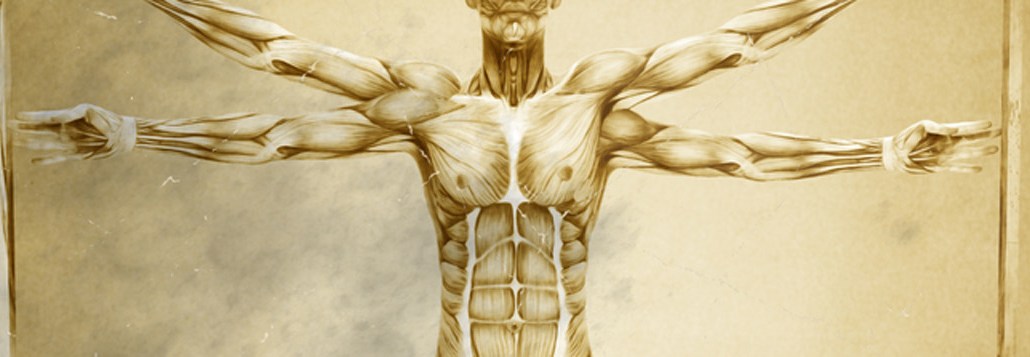
When you think of the series of entertaining “Cookie vs. Creme” parody videos from Oreo earlier this year – or the infamous Super Bowl tweet, which launched a thousand copycat real-time marketing efforts – it’s easy to forget that the Oreo brand is but a wee corner of multinational food and beverage conglomerate Mondelez International.
Turning a conglomeration into an agile, creative organization may seem like a daunting, if not impossible, challenge. But it’s been the charge of former agency executive Eliza Esquivel for a year and a half now as vp of global brand strategy at Mondelez.
Esquivel spoke yesterday at the Influx Creativity Conference in New York about what it takes to sell creative ideas at a giant corporation. From focusing on small teams to respecting business goals, Esquivel laid out these guidelines on how to keep creative ideas alive at enormous and often faceless companies.
Build muscle memory
As Esquivel describes it, the mythical Super Bowl blackout tweet was a serendipitous event that Mondelez’s Oreo brand was well positioned for because of the Oreo team’s “muscle memory.” Their earlier “Daily Twist” campaign, for example, culminated in large-scale, real-time content generation in Times Square, she pointed out. Still, Esquivel warned of the industry’s constant focus on shiny, new distractions. “I don’t think real time is for every brand and every situation,” said Esquivel. “Real time is not about instant response; it’s about not one answer but several answers and the willingness to experiment and iterate on the spot. The most important thing is being really smart about media and how you are connecting it to digital.”
Clear the kitchen.
If possible, the team working on a new project should be kept small. “Control the number of layers of approval that will be involved — keep it to a core team,” said Esquivel. “If you’re an agency, don’t be afraid to say to the client, ‘I think we can do better work if we have a smaller team with fewer deciders.'”
Ad position: web_incontent_pos1
Ideas are like snowflakes.
Esquivel stressed the importance of sometimes locking arms with team members in defense of new, creative ideas that may not be completely in line with the corporation’s usual sensibility.
“Find people to stand in your corner with you. Don’t give in to the idea killers. The more high profile the creative work is, the more those idea killers will be lurking around. Expect them, be prepared for them and don’t give in. Hierarchy does work — sometimes we do pull in the big guns to have them say, ‘No, we are not changing this.'”
Be accountable.
Of course, the bottom line is always going to be important. “At the end of the day, the business units are accountable; that’s why they are the deciders, and that’s why we have to work really, really hard to make sure creative strategies are aligned with the business objectives. You need sensitivity and understanding when working with the business side. They won’t get their bonuses if they don’t meet their numbers, and that can mean not being able to pay for their kids’ tuition — it’s serious stuff.”
Ad position: web_incontent_pos2
Image via Shutterstock
More in Marketing

In the marketing world, anime is following in the footsteps of gaming
As marketers look to take advantage of anime’s entry into the zeitgeist, they might be wise to observe the parallels between the evolution of anime as a marketing channel and the ways brands have learned to better leverage gaming in recent years.

With the introduction of video ads and e-commerce, Roblox looks to attain platform status
Roblox is expanding into more areas than just ads in 2024. Much like platforms such as Amazon and Facebook have transcended their origins to evolve from their origins as online marketplaces and social media channels, Roblox is in the midst of a transformation into a platform for all elements of users’ virtual lives.

PepsiCo wants to remain a ‘driver of culture’ as it turns to influencers and activations amid rebrand
The soda-maker says it can translate cultural relevance into sales volume.
Ad position: web_bfu